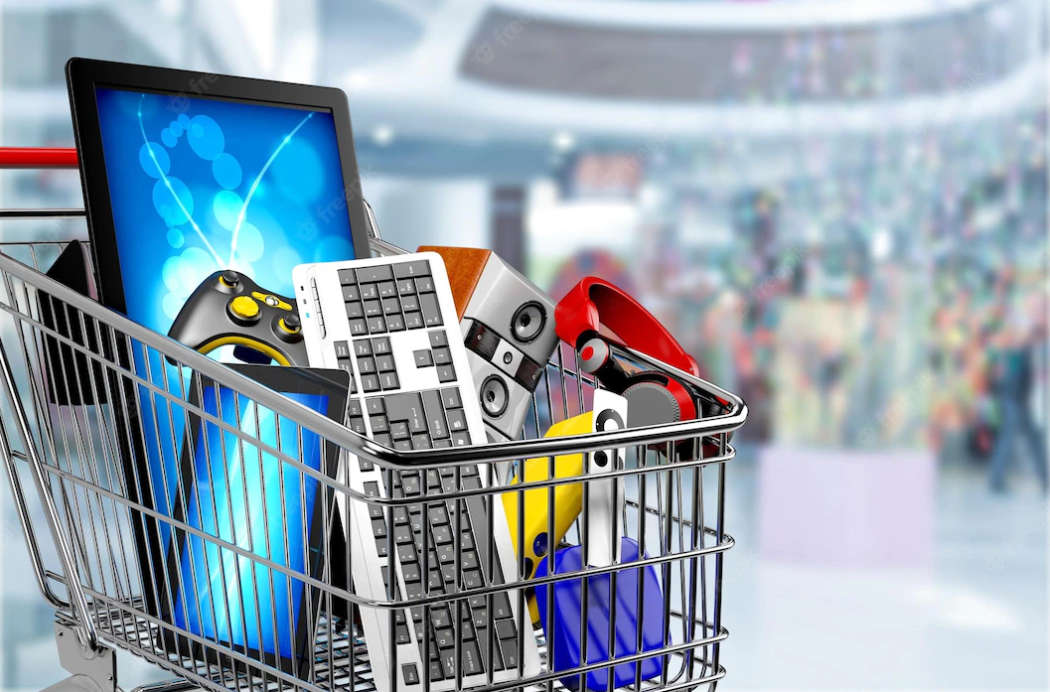The Impact of Technology on Shopping Habits
Technology has revolutionized shopping, offering convenience, personalization, and a seamless experience for consumers worldwide.

The Rise of E-commerce
The advent of technology has revolutionized the way we shop, with e-commerce standing at the forefront of this transformation. Online platforms have made it possible to purchase goods and services from the comfort of our homes, offering a level of convenience that was previously unimaginable. The ability to browse through a vast array of products, compare prices, and read reviews has empowered consumers like never before. This shift towards digital shopping has not only expanded consumer choices but also fostered a competitive market where retailers strive to offer the best deals and services. The impact of e-commerce is profound, with traditional brick-and-mortar stores re-evaluating their strategies to keep pace with this digital trend. Moreover, the ease of access to international markets has opened new avenues for both consumers and businesses, making global shopping a reality.
Personalized Shopping Experiences
Technology has enabled a new era of personalized shopping experiences that cater to individual preferences and needs. Through the use of data analytics and artificial intelligence, retailers can now offer tailored recommendations based on a consumer's past purchases and browsing behavior. This level of personalization not only enhances the shopping experience but also increases customer satisfaction and loyalty. The ability to anticipate consumer needs and offer relevant products can significantly influence purchasing decisions. Moreover, personalized marketing campaigns and promotions further enhance engagement, creating a sense of connection between the consumer and the brand. As technology continues to evolve, the potential for even more refined and individualized shopping experiences is vast, promising a future where each consumer's journey is uniquely crafted.
The Convenience of Mobile Shopping
The proliferation of smartphones and mobile technology has ushered in the era of mobile shopping, making it possible to shop on the go. With mobile apps and responsive websites, consumers have the world of retail at their fingertips, accessible anytime and anywhere. This convenience is further amplified by features such as mobile payments, which streamline the checkout process and reduce friction. The ability to receive instant notifications about sales and promotions ensures that consumers never miss out on a deal. Additionally, location-based services can provide personalized offers based on a consumer's whereabouts, enhancing the relevance of promotions. The impact of mobile shopping is undeniable, as it continues to reshape the retail landscape and redefine consumer expectations.
The Role of Social Media
Social media platforms have become influential in shaping shopping habits, serving as both a marketing tool and a direct sales channel. Through targeted advertisements and influencer partnerships, brands can reach a vast audience, driving awareness and engagement. Social media allows consumers to discover new products and trends, often influencing their purchasing decisions. The interactive nature of these platforms encourages consumer feedback and reviews, which can significantly impact a brand's reputation. Additionally, features such as shoppable posts and integrated e-commerce solutions have blurred the lines between social networking and shopping, creating a seamless experience for users. As social media continues to evolve, its role in the shopping ecosystem will likely expand, offering new opportunities for both consumers and retailers.
The Future of Retail Technology
As technology continues to advance, the future of retail promises even more innovation and transformation. Emerging technologies such as virtual reality and augmented reality are set to redefine the shopping experience, offering immersive and interactive ways to explore products. The integration of the Internet of Things (IoT) in retail can enhance inventory management and create smart shopping environments. Furthermore, advancements in artificial intelligence will continue to refine personalization, predictive analytics, and customer service. The concept of omnichannel retailing, which integrates online and offline experiences, will become increasingly prevalent as retailers strive to offer a cohesive and seamless shopping journey. As we look ahead, the synergy between technology and shopping will undoubtedly continue to shape consumer behavior and redefine the retail landscape.